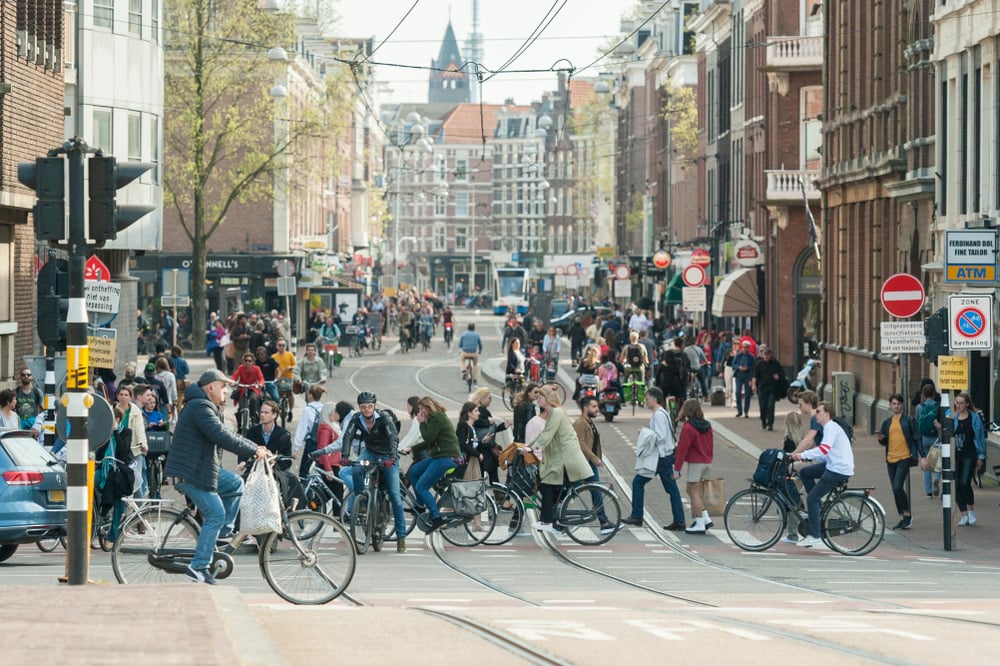How Cycling can Make a Great City
 |
| Source: Adriana von Allmen |
With more bicycles than residents, Amsterdam, Netherlands, is the most bicycle-friendly city in the world.
I got to experience the magic of Amsterdam’s biking culture when I visited the city in 2019. With swarms of cyclists occupying the streets, it was an eye-opener to see how lively a city could be in the absence of cars.
Cycling is the go-to method of transportation for the Dutch. Almost every road I saw in Amsterdam had well-maintained bike lanes. There is around 515km of dedicated cycle lanes to accommodate the 1/4 of the Dutch population that cycles every day. I was surprised to see the lack of cars in the streets of Amsterdam. The roads dedicated to cars are extremely narrow and limited in Amsterdam compared to Stouffville, making it discouraging to drive a car. The fact that Amsterdam has much fewer cars than Stouffville, despite the population difference, shows that neighbourhoods don't need to rely on cars with the use of effective bike infrastructure.
Of course, traffic is almost non-existent in downtown Amsterdam – if there are no cars, there is no traffic. Even in the outskirts/suburbs of Amsterdam, where cars are more common, the roads still have bike lanes.
Amsterdam is able to have a lack of cars because their residents believe in the effectiveness of cycling. In contrast, I believe Canadian municipalities, including Stouffville, lack bike lanes because their politicians and residents haven't considered cycling as a valid means of transportation. Although I am not expecting Stouffville to implement an intricate network of bike lanes, I hope the town can take inspiration from Amsterdam and realize how accessible cycling can make a great city.
 | ||
| Source: Evangelina Himitian |


Comments
Post a Comment